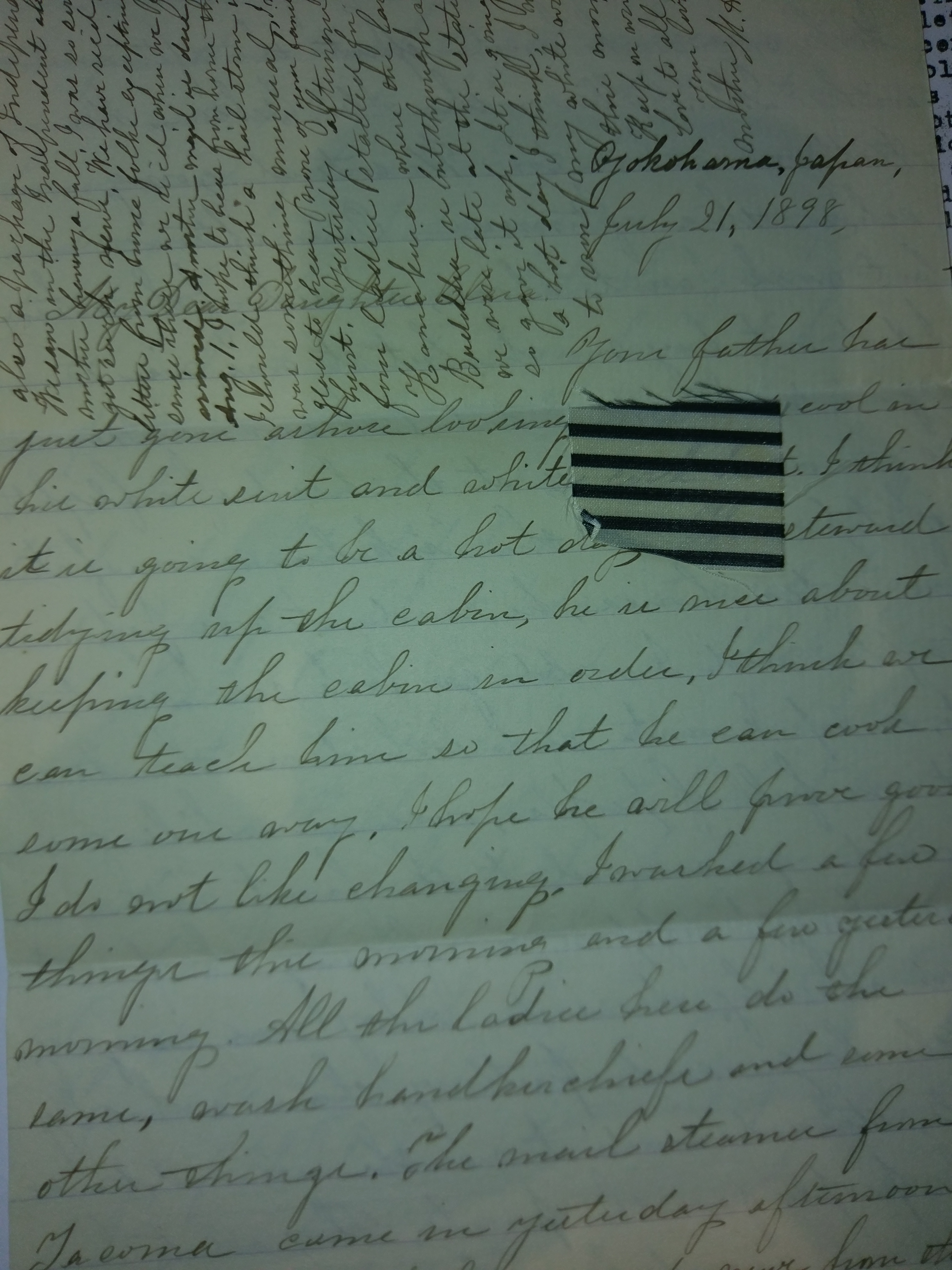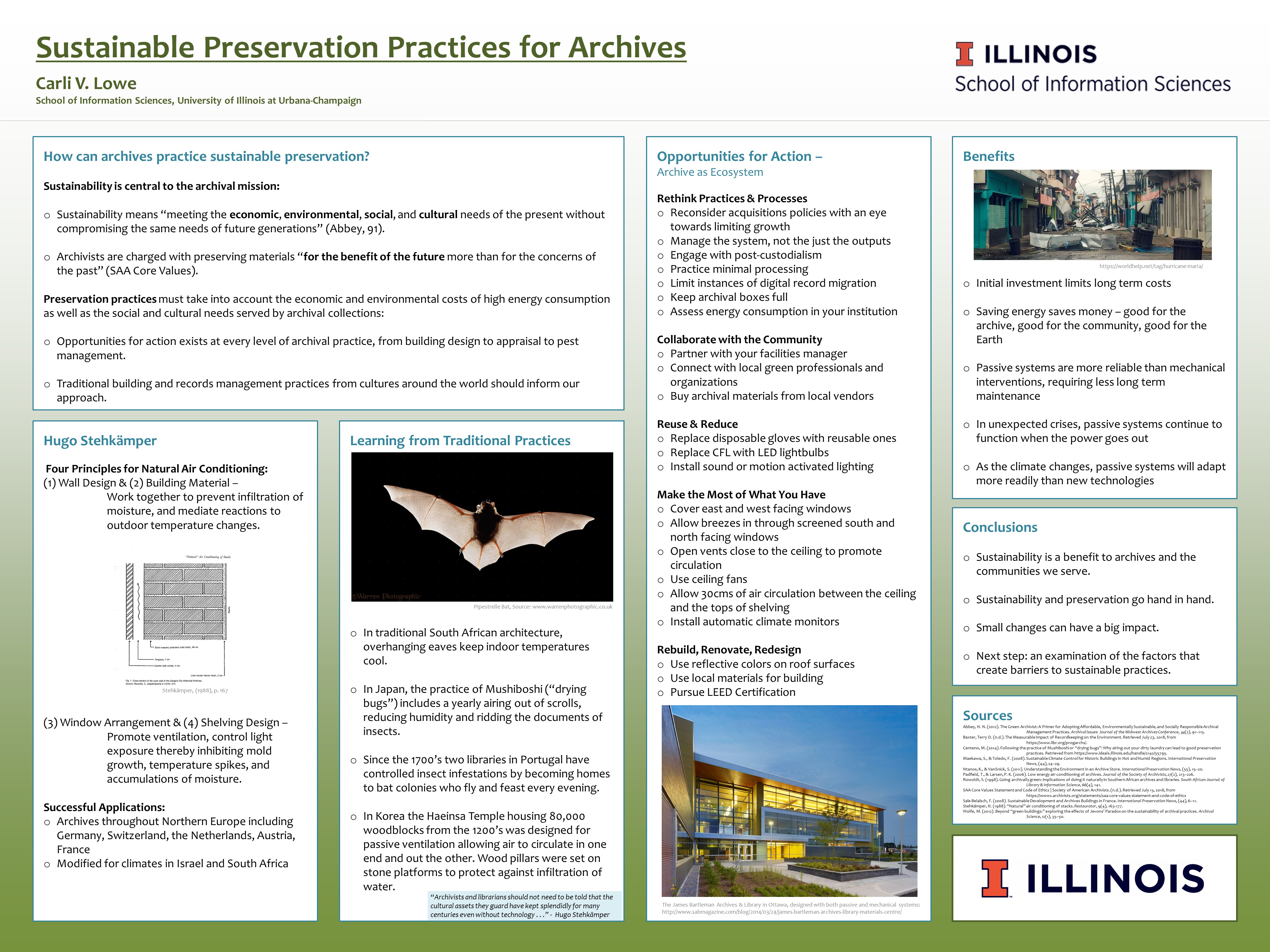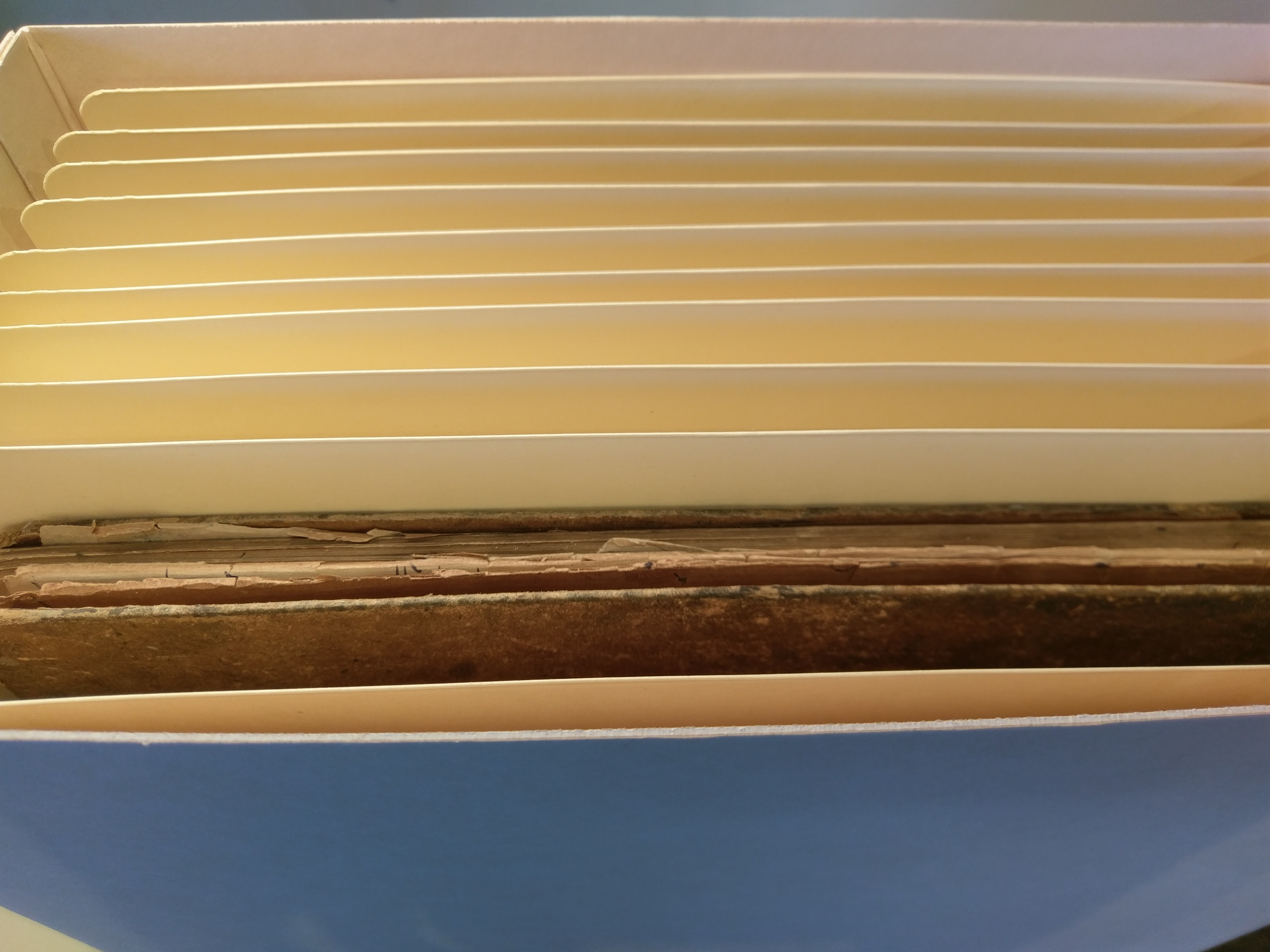I wrote this post for the Human Rights Archives section of SAA. To see this post in its original context, click here.
When it comes to processing collections representing marginalized peoples, archivists must cultivate an understanding of the power of their role without letting that awareness immobilize their work. The session “Beyond Familiar Terms – Repairing Indigenous Collections through Inclusive Processing” at the Society of American Archivists annual conference sought to address this struggle.
Presenters Anna E. Harbine and Tisa Matheson of the Northwest Museum of Arts & Culture (MAC) discussed their experiences with indigenous collections, provided an overview of the guidelines framing their work, and introduced case studies for attendees to consider and discuss in small groups. Harbine, the Johnston-Fix Curator of Archives and Special Collections, came to the MAC with no background in indigenous collections and strives to educate herself and learn from others. Matheson works with Tribal Collections at the MAC. In contrast to Harbine, she has over twenty years of experience with these materials. Matheson acts as a bridge of communication between her institution and indigenous governments affected by and represented in the museum’s collections. Together, Harbine and Matheson highlighted several key practices in working with indigenous collections.
Language: The act of describing indigenous collections in English is immediately problematic. Translating concepts from one language to another impacts the meaning and context of the original words. Additionally, due to the history of how indigenous collections have been handled in archives and museums, archivists must work to repair and counteract the impact of colonialist language and dehumanizing terminology that goes beyond simple translation issues.
Organizational Culture: The MAC created an American Indian Culture Committee that includes representatives from tribal governments who help oversee collections and identify needed changes in policies and procedures. Through this committee, the MAC has implemented guidelines for handling objects that acknowledge tribal preferences. These include gender role practices for certain objects and restricting public access to objects as necessary.
Collaboration: Every federally recognized tribe has its own website and culture department. This can help archivists learn about and connect with the tribes represented in our collections. It is also important to keep in mind that not every tribe will be willing to work with the archive. Engaging with indigenous communities is a time commitment, but it is important to invest that time to preserve the potential for building a collaborative relationship. Forging ahead without that relationship can create irreparable breaches in trust.
Additional ideas arising from contemplating case studies included: creating policies and procedures to change future practices, taking responsibility for any harm caused by your institution’s actions, ensuring thorough documentation for the sake of any archivist who might succeed you, and knowing when decisions should be made by someone other than the archivist.
Matheson and Harbine acknowledged that archivists commonly receive indigenous collections we do not have the time to process properly, or are asked to make decisions about indigenous collections we do not have the expertise to make. They encouraged us to ask questions while remembering that there is often more than one correct answer. It has to be acceptable to take things slowly and allow processing to wait while you search for answers.




